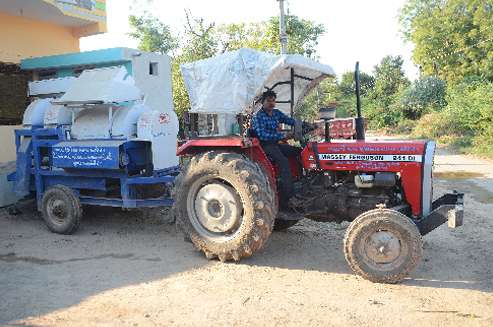Encouraging Diverse Sources of Earning
Like most rural areas of the world, approximately 90 % of the population in the Jambusar and surrounding blocks is involved in farming as a way of earning a living. Small-scale farming, raising livestock and non-farm activities are some of the common livelihoods that these populations survive on.
Rural livelihood poses a great challenge as these populations are often in a state of poverty where they lack the basic necessities for survival. A rural household with diverse sources of income earning activities has a better chance of survival financially than a household which has only one source.
Aatapi focused on enhancing the productivity of the land. It prioritised delivery of quality education and training and introduction of a package of best practices appropriate for local soil and water conditions. It strengthened the formation of linkages and local synergies to enable the community to access their rights and entitlements to strengthen agriculture as a sustainable source of income. Aatapi also worked with women to develop animal husbandry as a viable source of supplementary income. It encouraged and facilitated the formation of women run dairies to enhance profits.
Aatapi worked with the landless, marginalised and persons with disability to develop alternative sources of livelihood and opportunities for self-employment. Establishing small service oriented businesses such as tailoring, provision stores and such like and selling by-products like sap, collecting wood, seeds and leaves of certain plants and local fruits and berries were systematically tapped to develop alternative sources of income with local potential.

Ushering Change from Debt-ridden Communities to Sustainable Livelihood
Animal Husbandry And Dairy Cooperatives
Stories

A Shining Example

Catching the Buffalo by its Horns


